In a decade’s time the automotive brand formerly known as Holden or Holden’s, or General Motors-Holden, will be but a footnote in the history books. In the second half of the 2010s the once almost unassailable Red Lion would fall to the wayside as the market shifted towards vehicles that Holden, as a small manufacturer, simply wasn’t able to deal with, even with access to products from outside of the country.
But it wasn’t always so. Holden will also be reflected in history as a brand that produced almost uniquely bespoke vehicles for a small, in global terms, marketplace, and a market that saw how the brand once had some truly influential vehicles. Here are our top five.
48-215
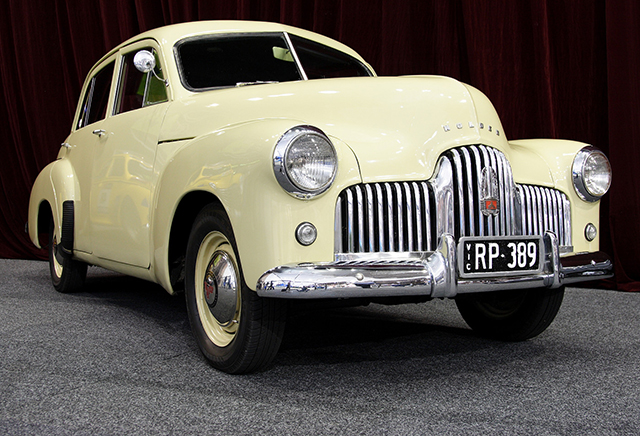
In the 1940s a war-torn world needed to realign manufacturing. Australia’s dependence on outside influences needed realigning as well and the then Prime Minister, John Curtin, saw an Australian car industry in the country’s future.
Based on an American design, what would become known as the 48-215 would be released in November 1948. The 215 refers to the engine capacity of 132.5 cubic inches or 2,171cc. Costs were a big factor in what would be engineered into that car. A single tail light, a lighter battery due to the climate the car was expected to deal with, no indicators or a demister defined the 48-215 and aided in bringing its weight to just over 1,000kg.
Prototypes were built and developed in the United States in 1946 before being shipped to Australia in 1947. Unveiled by Curtin’s successor, Ben Chifley, at a glittering ceremony on November 29, 1948, the car would be made for sale and marketed simply as, the “Holden”. It was available only as a four door sedan until 1950, when a two door “coupe utility” was released.
Name wise, it remained as the “Holden” until 1953 when it evolved, mildly, in a car that the country would embrace. That car is the FJ.
Holden Brougham.
This may seem an odd choice as the Brougham was a largely overlooked part of Holden’s history. A longer-tailed version of the dual headlight Holden HK Premier, the Brougham would nonetheless influence Holden’s large car philosophy.

It was set as a luxury vehicle; the bootspace was bigger and featured a bespoke tail light design. There would be no manual gearbox and initially featured the two-speed Powerglide from GM. Power came from the Chevrolet 307ci, before the HK models became the HT, which then featured Holden’s own 308ci. The HT morphed into the lightly facelifted HG in 1970 and the Brougham itself would be upgraded to a three speed auto in line with the rest of its smaller brethren.
Although not a sales success compared to the American influenced Ford Fairlane, the Holden Brougham shouldn’t be overlooked for its influence on what would follow in Holden’s large luxury car lineage. After the HG would come the sharper looking HQ and this would give Australia the Statesman.
Monaro.
“Tudors” as they’re known, have played a massive part in Australia’s automotive history. Ford’s XP coupe which would eventually lead to the XA/XB/XC Falcons and that famous Bathurst 1-2 finish, Chrysler’s giant-killing and public-popular Chargers, and Holden’s own Monaro.
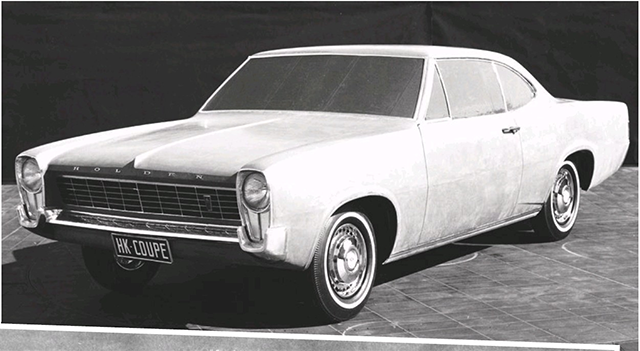
The HK Kingswood, the first Holden to wear the Kingswood name, was released in 1968. Heavily influenced by American designs on the early to mid 1960s, it had a narrow rear light styling, and a grille with a cross motif.
The Monaro would be Holden’s first coupe and the first home-grown coupe as well. Early thoughts had the Monaro as a squared off front and rear, a lesser slope to the roof line, and a distinctively American face.
Then Ford Australia released the XR Falcon, spurring the American and Australian GM teams into some drastic changes. Phil Zmood, Don Brown, Peter Nankervis, and Eugene Mori brought a uniquely Australian presence to the HK Monaro which would go on to win the coveted Wheels Car of the Year award.
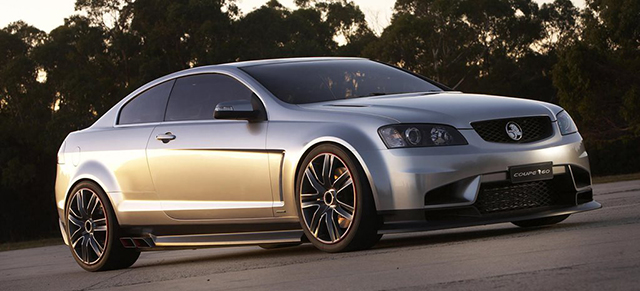
The HK would see the HT and HG Monaros, before a complete refresh into the stylish HQ and subsequent HJ and HX nosed variants in two door form. In the early noughties, a surprise from Holden as a new Monaro that was based on the existing VT design was released. VE Commodore based designs were also seen years later which, sadly, never came to fruition.
VL Commodore.
1978 and Holden released the VB Commodore. It’s a smaller car than the now decade old Kingswood and released in response to the then perceived fuel crisis. Based on a German Opel, the VB was an angular nosed, blocky rear ended, and large windowed machine. The basic look remained unchanged through the mildly facelifted VC, VH, and VK.

1986 and the VL Commodore is released to mixed responses. The nose is long, a flat bonneted thing, with rounded, not angular headlights. The bootlid has its own integrated spoiler, but it’s under that featureless bonnet that the main change sparks robust pub discussions.
Holden’s own home-grown six cylinder range has been dropped in favour of a Japanese sourced 3.0L straight six. There is also, for the first time, a turbocharged six available. But the VL would also provide the underpinnings for a vehicle that set Holden Special Vehicles into motion, albeit one with a lot of extra discussion.
The VL based Walkinshaw SS Group A featured a heavy looking body kit, one said to be wind-tunnel tested. It would take over from HDT versions as Holden’s racing preferred machine. The VL design would also be the stopgap between the more angular VB to VK range, and foreshadow the ovoid VN released in 1988.
Torana A9X
The 1970s saw Holden capitalise on its racing exploits. Up against Ford in the Australian Touring Car Championship series , the Red Lion needed something a little special.
The Torana nameplate had been with Holden for a decade, with the British Vauxhall design giving Australia the HB. A small car, it morphed into the LC and LJ, available in two and four doors. The third generation Torana was a larger car, with the LH and later LX aimed as an alternative to the HQ to HZ Kingswoods.
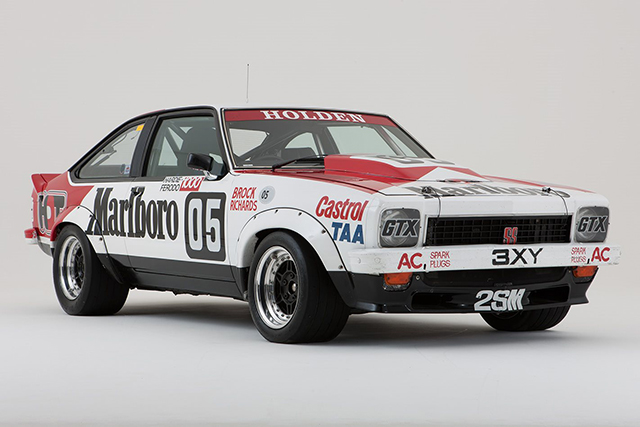
But it was the motorsport versions that captured the imagination of the buying public. An option called SL/R5000 was made available and it looked fast standing still. Powered solely by Holden’s own 5.0L/308ci V8, the SL/R5000 had the L34 option. This gave the engine a stouter set of internals.
Visually, the L34 option pumped the wheel arches thanks to bolt on flares. Those in the know would order the A9X pack, which gave the Torana rear disc brakes, a 10 bolt Salisbury differential, and an optional Borg Warner Super T10 four-speed manual transmission. On the bonnet was a massive air scoop feeding air to the heavy-breathing V8.
In the hands of Brock and Jim Richards, the A9X Torana would monster its way into the hearts and minds of many, and over forty years later, Brock and Richards winning the 1979 Bathurst 1000 race by a record six laps still has A9X spoken about by some in hushed tones as it evokes the image of a muscular looking Torana hatchback, emblazoned in HDT livery, flying around Mt Panorama and taking corners on three wheels.
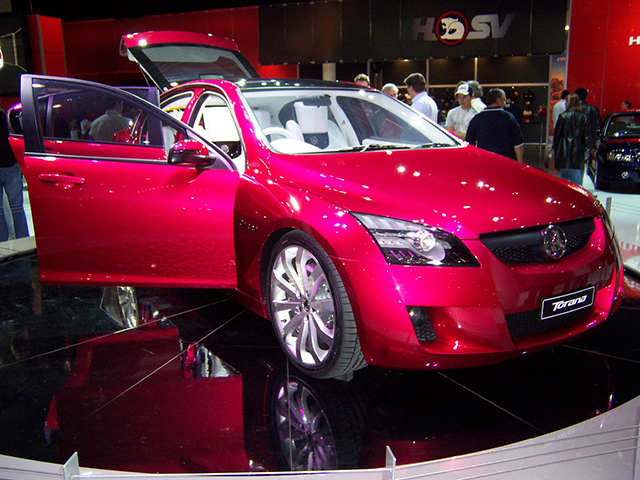
Torana itself would inspire two concept cars, including the VE Commodore related TT36. TT for twin turbos, 36 for the 3.6L engine, which would produce 480Nm of torque, with 90% of that on tap from just 1,600rpm.
Which Holden influenced you, which Holden has made its life long impact on your automotive history? Let us know your thoughts via our feedback section.